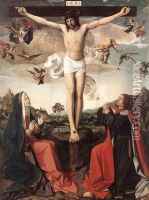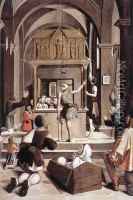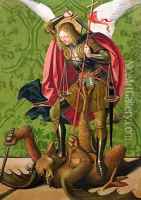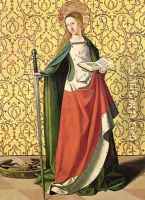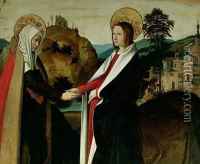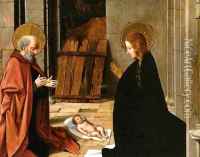Josse Lieferinxe Paintings
Josse Lieferinxe, also known as Josse van der Beke, was a Netherlandish painter whose career flourished in the late 15th century. The exact dates of his birth and death are not known, but historical records suggest he was active between 1470 and 1508, primarily in Provence, Southern France. Although specifics about his early life and training are scarce, it is believed that Lieferinxe originated from the Southern Netherlands, a region known for its rich artistic tradition, which likely influenced his early development as a painter.
Lieferinxe is especially noted for his work as a master painter in Marseille, where he seemed to have moved by the late 15th century. His presence in Marseille is well documented from 1493 onwards, and he became a leading figure in the local art scene, contributing significantly to its development during this period. He was known for his religious paintings, altarpieces, and particularly for his skill in integrating Northern European influences with the Provençal artistic traditions, creating works that were admired for their detailed landscapes, vivid colors, and expressive figures.
One of his most recognized works is the Saint Sebastian Interceding for the Plague Stricken, a painting that showcases his ability to blend narrative depth with emotional intensity, set against a backdrop that reflects a keen observation of nature and a sophisticated use of perspective. This painting, along with others, suggests that Lieferinxe was deeply influenced by the Italian Renaissance, which was spreading throughout Europe at the time, yet he retained a distinct style that was rooted in the Flemish painting tradition.
Despite his contributions to the art world, much about Josse Lieferinxe's life remains a mystery, including the circumstances of his death around 1508. His legacy, however, lives on through his works, which continue to be studied for their blend of Northern and Southern European artistic elements. Lieferinxe's paintings are considered important artifacts of the transition from the medieval to the Renaissance periods in European art, illustrating the cross-cultural exchanges that were pivotal to the development of Renaissance art across the continent.
